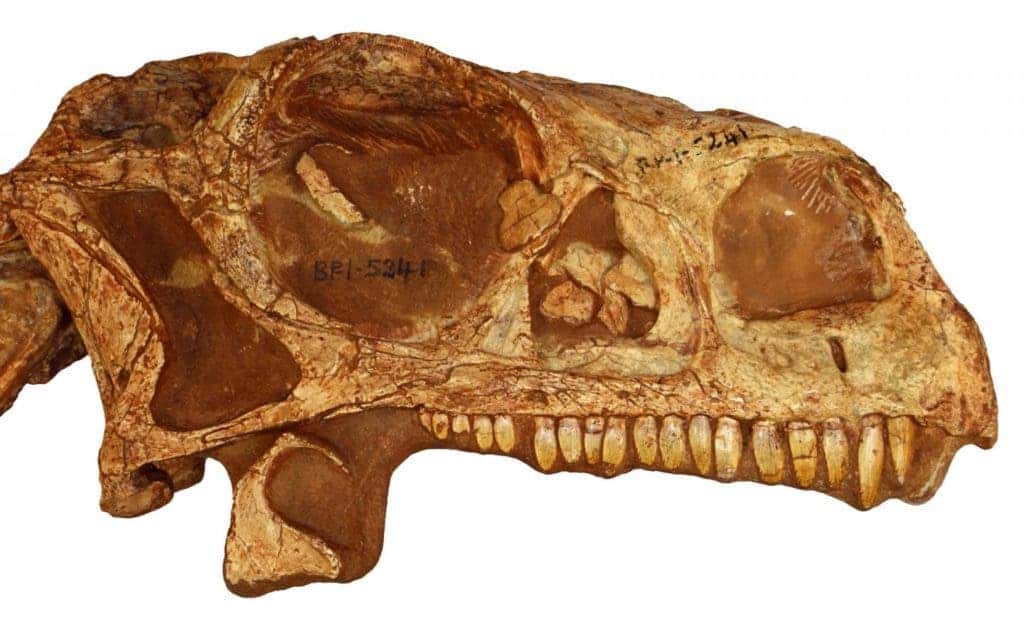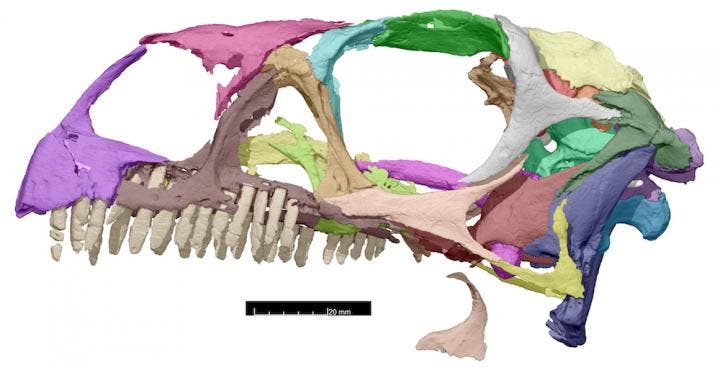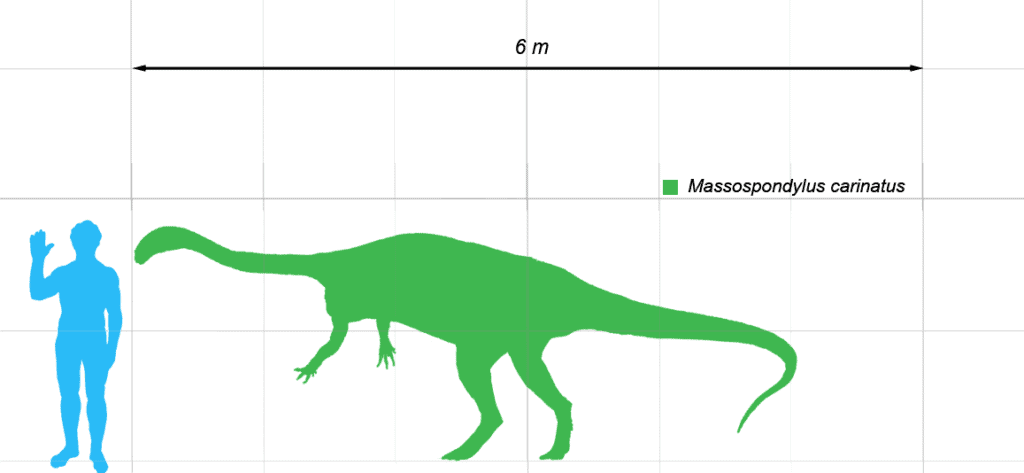CT scans of a Jurassic dinosaur have offered paleontologists a spectacular view. The same technology also allows anyone with a 3D printer to recreate the skull, for free.

If you think about it, using CT scans for paleontology makes a lot of sense; if it’s accurate enough for human medicine, it should also work fine for ancient fossils — and it does. Paleontologists have increasingly used the technology in their research, with impressive results. So when Kimi Chapelle started analyzing Massospondylus skull, she knew this was the way to go. She managed to digitally rebuild every bone of Massospondylus‘s cranium, even revealing details such as nerves exiting the brain and the balance organs of the inner ear.
“I was amazed when I started digitally reconstructing Massospondylus‘ skull, and found all these features that had never been described,” said Chapelle, “it just goes to show that researchers still have a lot to learn about South Africa’s dinosaurs.”
Named after the celebrated anatomist Sir Richard Owen, Massospondylus is one of South Africa’s most well-represented dinosaurs. Hundreds of fossils have been discovered across the country, but even so, the dinosaur still holds some of its secrets. This is where Chapelle, a PhD student at the Evolutionary Studies Institute at the University of the Witwatersrand in Johannesburg, South Africa (Wits), enters the stage.
Using a CT machine to peer inside the dinosaur’s head, she managed to obtain an unprecedented view of the skull, revealing minute yet important features.
For instance, she revealed how the inner ear and the middle ear were connected and found that the bones that surround the brain in this specific fossil were not fully fused.
But perhaps even more excitingly, along with her published paper — which is free for anyone to read — she also released a 3D surface file of the skull. This file is available for anyone to download, which means that you, me, or anyone with a 3D printer can build his own dinosaur skull, identic with the original to the last detail.

“This means any researcher or member of the public can print their own Massospondylus skull at home,” Chapelle said in a statement. “I was amazed when I started digitally reconstructing Massospondylus’ skull, and found all these features that had never been described. It just goes to show that researchers still have a lot to learn about South Africa’s dinosaurs.”
Massospondylus was a mid-size sauropodomorph, around 4 meters (13 ft) in length, weighing approximately 1,000 kilograms (2200 lb). Researchers have long debated its diet and lifestyle, though recent studies strongly suggest that it was herbivorous or omnivorous, not carnivorous. Interestingly, scientists have also found fossils where these dinosaurs had rocks inside their stomachs. This was interpreted as a gastric mill, to aid ingestion of plant material, compensating for its inability to chew — as is common with several modern birds.

This new type of study opens up new avenues for research. As more and more dinosaur fossils are analyzed this way, new comparisons can be made, and we can learn more about how they acted in their natural environment.
“By comparing the inner ear to that of other dinosaurs, we can try and interpret things like how they held their heads and how they moved. You can actually see tiny replacement teeth in the bones of the jaws, showing us that Massospondylus continuously replaced its teeth, like crocodiles do, but unlike humans that can only do it once,” says Chapelle.
Chappelle hopes that ultimately she will be able to answer some of the hardest questions about this intriguing species, including how such a ton-weighing giant grew from babies weighing less than 100g.
Journal Reference: Kimberley E.J. Chapelle , Jonah N. Choiniere. A revised cranial description of Massospondylus carinatus Owen (Dinosauria: Sauropodomorpha) based on computed tomographic scans and a review of cranial characters for basal Sauropodomorpha. https://doi.org/10.7717/peerj.4224






